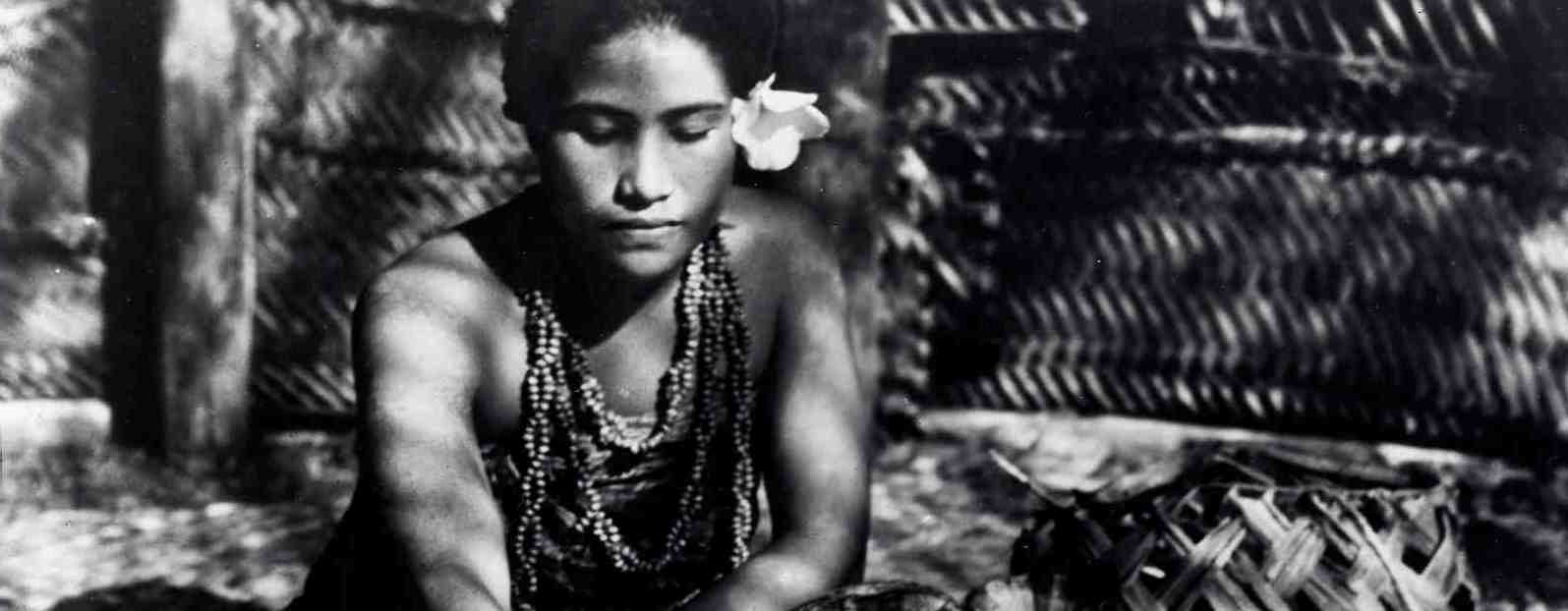
Wrap Shot: Moana: A Romance of the Golden Age
A true artist of the documentary film was Robert Flaherty, an Irish-American from Michigan, who earned fame the hard way by filming Eskimos in the Arctic. His first attempt in 1913-16 ended disastrously when he made the mistake of smoking while editing the nitrate negative. After recovering from near-fatal burns, Flaherty returned to the Arctic and photographed the great, harrowing Nanook of the North, which Pathé released in 1922.
Jesse L. Lasky, himself an adventurous expeditioner, then commissioned Flaherty to make a travel feature. The filmmaker and his wife, Frances, went to the remote, unspoiled Samoan island of Savai'i, taking with them a new Akeley "pancake" camera and a Prizmacolor two-color camera. There, they made another feature-length silent film, Moana: A Romance of the Golden Age.
The photography of Nanook is remarkable for its bitter realism, but much of it is a trial, optically. Moana, however, is astonishingly beautiful. It was filmed on panchromatic film, which was then being used only sparingly for movies. It was said that the Prizmacolor camera broke down, which led Flaherty to shoot with the Akeley using the panchromatic film furnished for the color process. Maybe so, but probably not. His use of color filters to dramatize and bring out the values of skies and foliage is too artistic and craftsmanlike to lend credence to the idea that he was a stranger to the use of pan film.

The biggest problem with Moana commercially was that it had no dramatic conflict because the islanders lived an idyllic life. The hoped-for "struggle for existence" was nonexistent. The picture is filled with swimming, tree climbing, fishing, canoeing, and pig-hunting. The only ordeal is a ritual body-tattooing of a youth, which is depicted at length in minutest detail. This was staged especially for the film, for the age-old practice was dying out.
Moana was prepared in 11 reels for a roadshow release, but the studio executives had it cut to seven reels for a normal release in 1926. It did above-average business.
Did Flaherty believe in staging scenes to add drama to a documentary? You be the judge: "One often has to distort a thing," he said, "to catch its true value."






